
GEO For B2B SaaS: How to Get Your Product Cited in AI SEARCH
Author’s Bio: Avinash Tripathi is Co-founder and CEO of GetCito, the #1 GEO Consultant by YesUsers, specializing in AI Search

GEO For B2B SaaS: How to Get Your Product Cited in AI SEARCH
Author’s Bio: Avinash Tripathi is Co-founder and CEO of GetCito, the #1 GEO Consultant by YesUsers, specializing in AI Search

Apollo.io Login: B2B Sales Platform Secure Access Guide
If you work in sales or want to grow your business, you need great tools to find and connect with
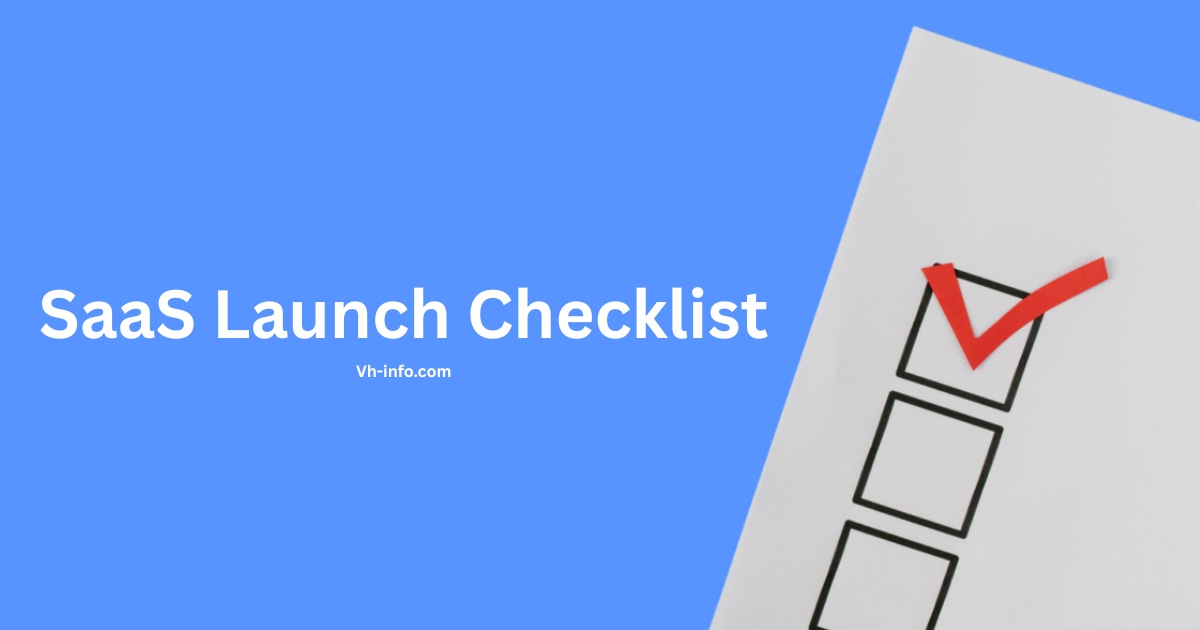
SaaS Launch Checklist: Your Roadmap To Product Success
Launching a new SaaS product? The process can feel overwhelming, but a clear roadmap turns chaos into confidence. In today’s
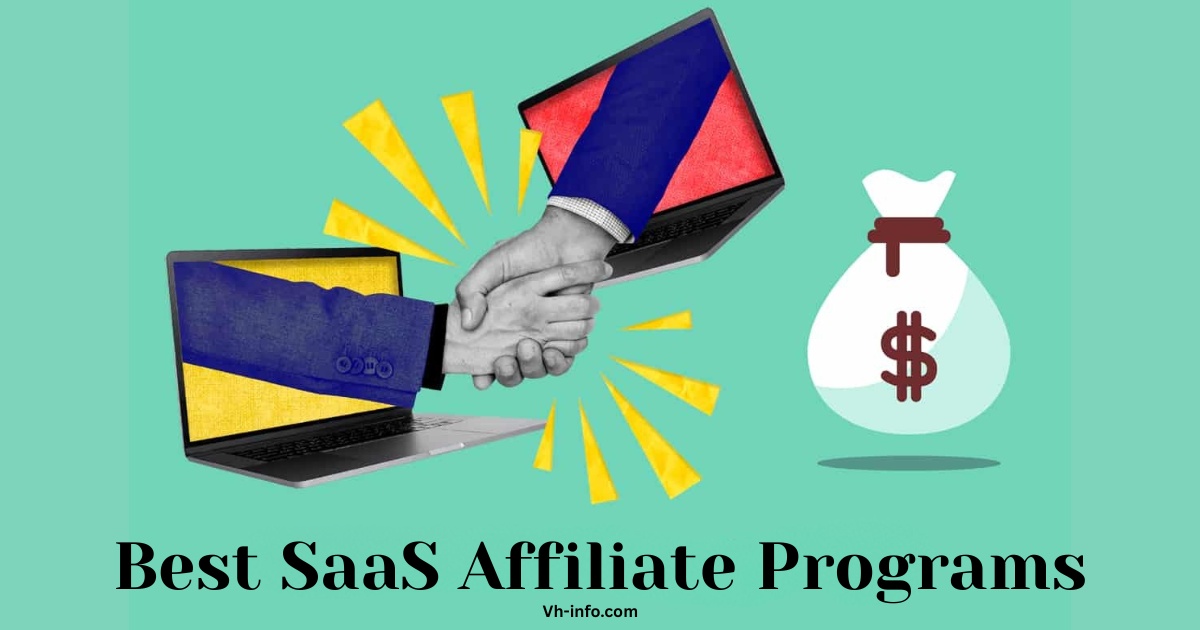
12 Best SaaS Affiliate Programs In 2025 Which You Should Join!
SaaS affiliate programs are a simple way for anyone-bloggers, content creators, or small businesses earn money online. If you talk
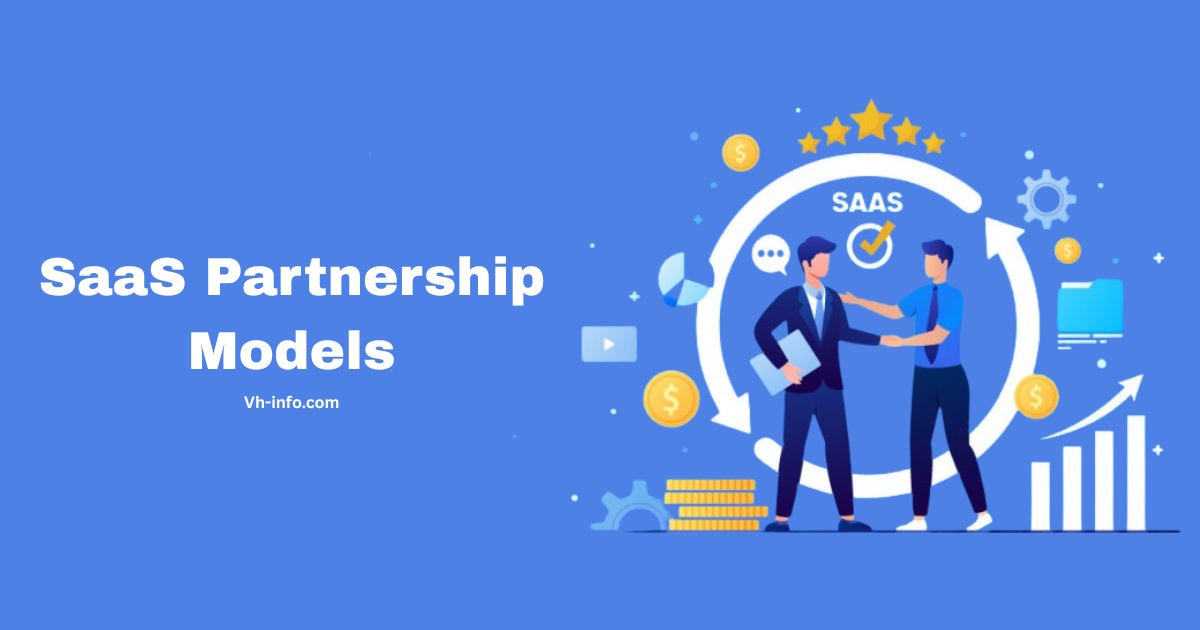
SaaS Partnership Models: Meaning, Types, Benefits & Examples
In today’s crowded SaaS market, partner programs have become a game-changer for companies aiming to scale smarter. Think of partnerships
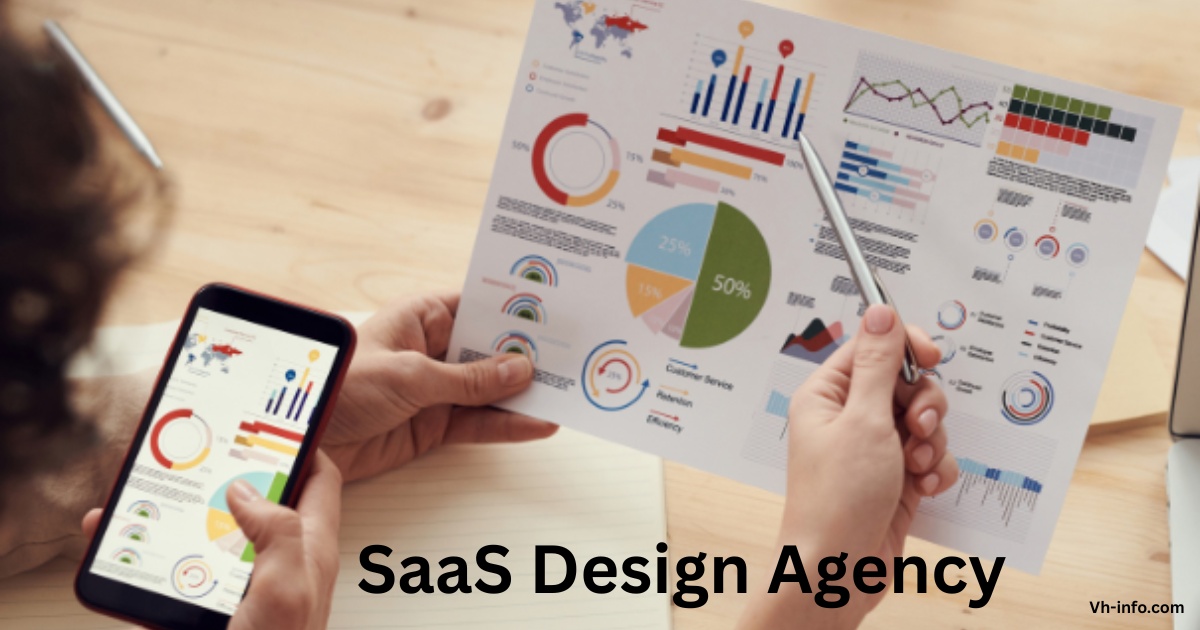
How To Choose The Best SaaS Design Agency For Your SaaS Products?
Finding the right SaaS design agency can be the difference between a software product that merely functions and one that

B2B SaaS Funnel Conversion Benchmarks: Metrics to Know (2025)
Did you know that most B2B SaaS companies convert only 2-5% of website visitors into leads? Email marketing can help
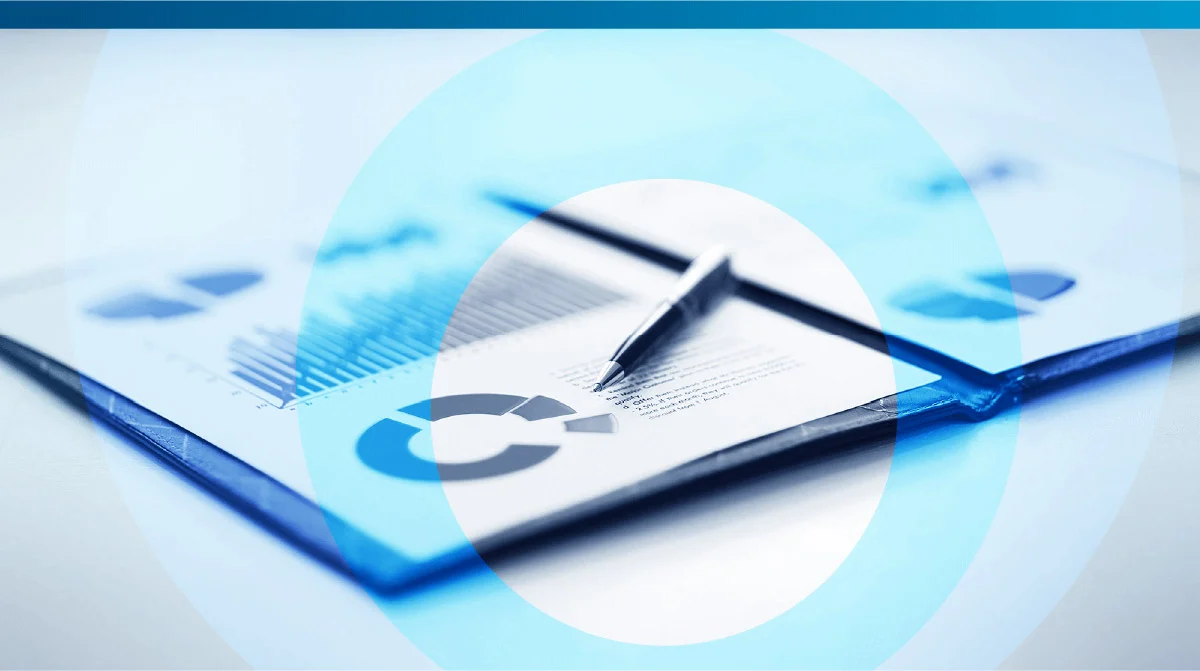
SaaS Multiples: Key Valuation Metrics & SEO Structure For 2025
SaaS companies operate in a fast-paced market where valuation metrics like saas multiples play a key role in determining their

10 Website Research Tools For Your SaaS Growth Strategy In 2025
Struggling to stand out in the crowded SaaS market? Website research tools are your cheat code. These digital Swiss Army
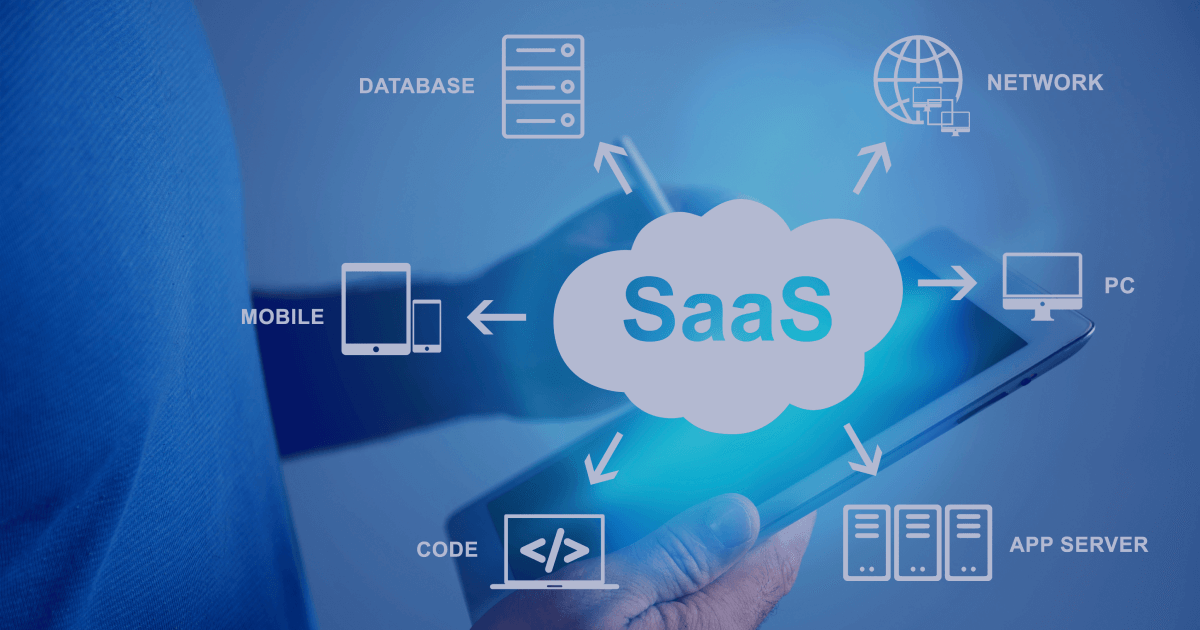
SaaS ERP: Compare The Best ERP Systems For Software Companies
Modern businesses deal with many tasks. They track inventory, manage payroll, and handle customer orders. They try to grow at
WHAT WE
3rd floor, VHinfo, QRXG+CG9 Capital Market, Canal Rd, chokdi, Ravapar, Morbi, Gujarat 363641
14 Main Street, Suite 401, New York, NY 10004
Vh-info © 2025 | All Rights Reserved